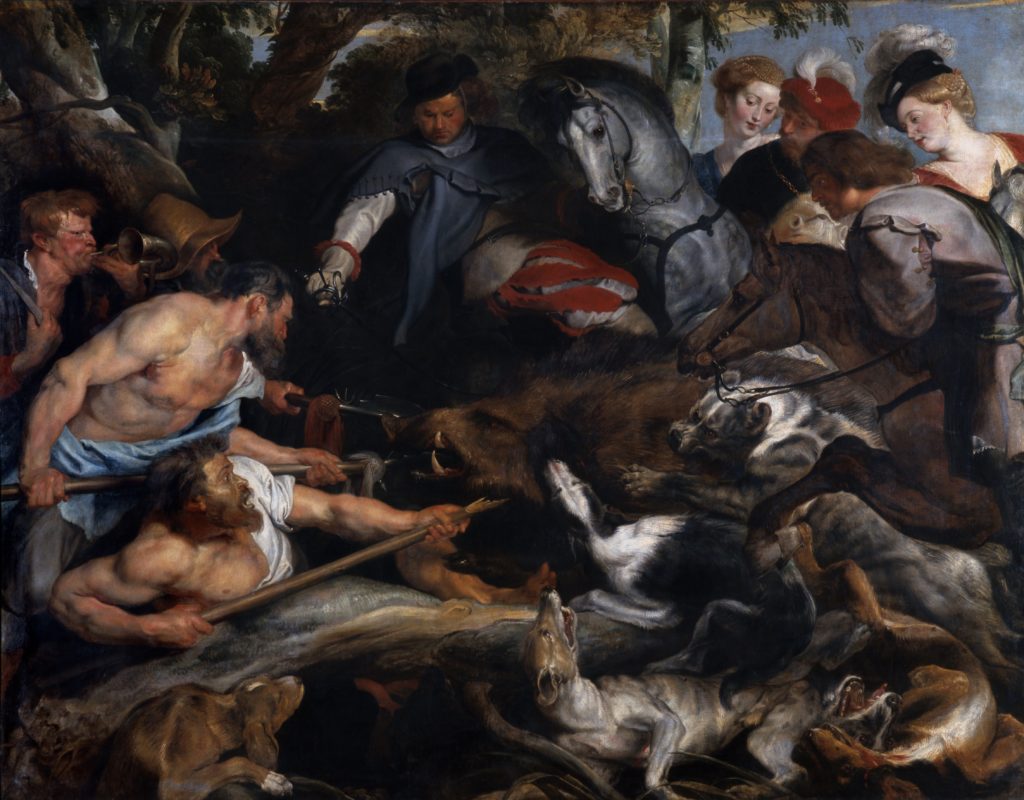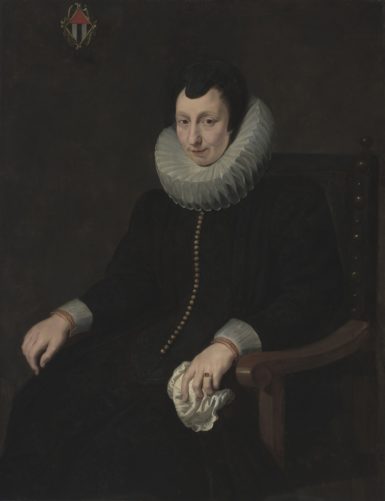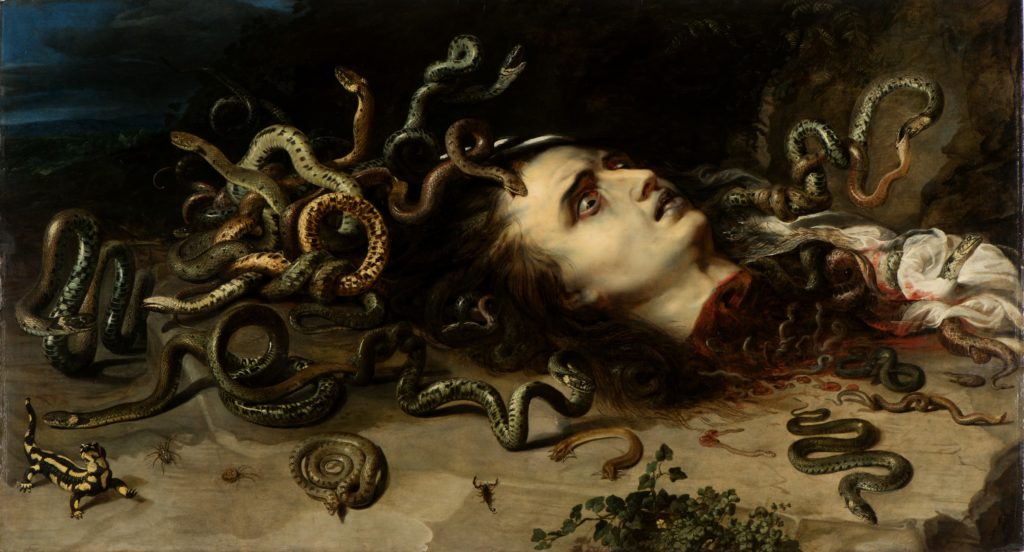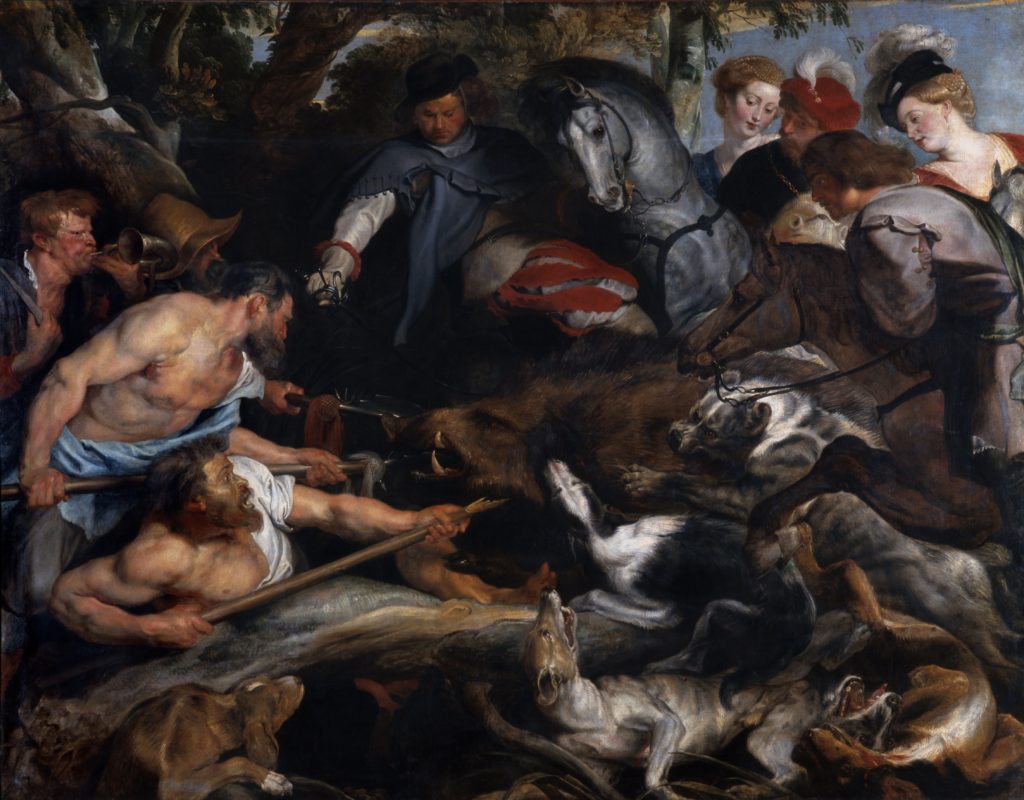[ad_1]

Peter Paul Rubens, Boar Hunt, ca. 1615/17.
MUSÉE DE BEAUX-ARTS, MARSEILLES, FRANCE/JEAN BERNARD/©RMN-GRAND PALAIS/ART RESOURCE, NEW YORK/COURTESY FINE ARTS MUSEUMS OF SAN FRANCISCO
With an “Early Rubens” blockbuster exhibition currently on view at the Legion of Honor in San Francisco, we turn back to the February 15, 1936 issue of ARTnews, which featured excerpts from an essay that Wilhelm Valentiner wrote for an exhibition of Peter Paul Rubens’s work at the Detroit Institute of Arts, where he was director at the time. When it was staged, that exhibition was one of the biggest Rubens surveys ever mounted in America. “Rubens’s fame, supported by the recognition of the greatest masters, is again in the ascendant,” Valentiner wrote. Excerpts of his essay follow below. —Alex Greenberger
“The Art and Personality of Rubens in a Great Loan Exhibition of Sixty Paintings at Detroit”
By W. R. Valentiner
February 15, 1936
The genius of the great painters of history is usually characterized by an outspoken one-sidedness of talent: they were painters only, and thus their artistic activity fills up their entire life. To this class belong such painters as Frans Hals, Van Dyck, Titian, and many others. There are a few exceptions to this general rule, where painting made up only a part of an artist’s life work. We think at once of Leonardo da Vinci, who was as great a natural-scientist as artist. Another exception is formed by Rubens, who would continue to live in the history of politics, culture and learning, even though we did not possess any of his works of art. He is one of the many-sided ones, and for this reason the story of his life is especially fascinating when compared with the biographies of most artists, which are apt to be poor in outer events.
The six thousand letters of Rubens which are preserved are not only witness of his wide learning and his knowledge of languages—they are written in Latin, French, Italian, Spanish and Flemish—they are also a fund of information for the humanistic learning of his time, especially in archaeology.
In addition to his great learning, Rubens played an interesting role as diplomat in the political history of his time, and was employed as secret agent between Spain and England, and between the southern and northern Netherlands, endeavoring, as peace intermediary, to bring his knowledge of the work to the task of reconciling discordant peoples.

Peter Paul Rubens, Portrait of Sara Breyel, ca. 1611.
FINE ARTS MUSEUMS OF SAN FRANCISCO
As in the case of Leonardo, the personality of Rubens must have fascinated everyone who knew him. His stately, well-bred appearance, his flashing, expressive eyes, his fresh red cheeks, his long brown curls, immediately attracted people to him, as well as the dignity of his deportment, his gracious manners, and his sparkling, spirited conversation. It is not to be wondered at that he quickly rose in favor with princes, and that, thanks to an unheard of industry and a strong, forward-driving will, his career was but one triumphal procession.
Much as we admire his keen perception and intelligence, it cannot be denied that we can observe a slight inclination to dramatize himself. One has the impression that Rubens found it necessary to have this bustle and stir around him, this audience, as it were, to enhance the “nearness-to-life” of his works. Not that he tried to impress the public—he was too great a man for this—but that his creative faculties were stimulated by the dramatic character of his surroundings.
His intellectual power and his artistic self-mastery are evidenced by the fact that no other artist—again with the exception of Leonardo—has understood how to represent the highest dramatic movement in well-organized composition and to give to wildly-agitated scenes the impression of rest and harmony. His impetuous phantasy is always kept well in check by his intellect. Almost every one of his richly-filled compositions give evidence of this. A stupendous imagination creates the confusion of masses, an astonishing sense of reality makes each body alive, a great commanding intellect gives the composition inner legality. Even the most momentary scenes like the some of his hunting or battle scenes are lifted out of the accidental happening of nature and recreated into an organism which exists for and in itself. The wild disorder is held together by a radical system of lines, by a triangular construction or by dominant diagonals which run criss cross through his compositions. The movement of the bodies is often balanced by the contraposto in the Italian manner, or the great beams of light pass through the composition, uniformly alternating with masses of shadows. But these surface patterns do not prevent the artist from giving to the ensemble an effect of great spatial depth. And it is even more astonishing that in spite of the intellectually-calculated construction, the movement of the figures does not seem in any way to be forced, and preserves the most natural precision.
This union of unusual intellect on one side and tendency toward the dramatic embodiment of life on the other, is also characteristic of the master’s biography. Over his cradle the furies of war and pestilence seemed to stand, as he later so often painted them.

Peter Paul Rubens, Head of Medusa, ca. 1617–18.
MORAVIAN GALLERY IN BRNO/COURTESY FINE ARTS MUSEUMS OF SAN FRANCISCO
Rubens’s most active epoch coincided with the worst period of the Thirty Years War. It seems to be a law of nature that the more violently destruction rages, the more strongly awakens in human beings the longing for the joys of living and a for a new life embodiment. The earth must generate itself anew, and thus in the midst of the death struggle there arises in the race of man a passionate sensuality which leads to fruitfulness and the renewal of life. The art of Rubens is the expression of this miracle of nature. No mightier song of the inexhaustibleness of nature has ever been sung. Rubens’s love to life, to a life which joyfully renewed itself in serene splendor of being, knew no bounds; man and animals, from the smallest object to the cosmic universe—all is enkindled with it; everything is seized with this urge towards fullness of life and carried forward as in a mighty stream to a newer, more splendid embodiment. From out the tumult of these seething, energy-imbued masses, pervaded by a single passionate rhythm, we see a new world come into being before our eyes—dark-hued men of prodigious strength, women of blossoming voluptuousness, landscape forms of tumescent opulence. Like the world on its first day of creation, everything is new, radiant, and fresh.
Similar as appears at first glance this herculean form-world to that of Michelangelo, in spirit it is opposed to it. Michelangelo’s forms are like demons from Dante’s hell, who seek in grim agony to shatter the world. From their great extortion of strength they have lost their ardor and the impulse to build up a new world. The art of the great Italian master stands at the end of an epoch; it is filled with the pessimism of a declining world, incapable of procreation. With its longing after pagan serenity, it ends in tragedy and despair. Rubens began with an imitation of the world of Michelangelo, but he soon built up a world of his own which becomes the more gracious and full of joy, the farther he progresses, until at the end his art is a single paean to the splendor of the new creation. With his affirmation of life, he paved the way for almost two centuries for the optimistic French art of the eighteenth century, and even beyond the French Revolution to the flaming, romantic world of Delacroix. Then followed, borne by the Anglo-Saxon world, a movement in which the radiating influence of our master became overcast. To a less virile epoch, such as the Victorian era, with its pre-Raphaelite art of a bloodless romanticism, the art of Rubens was too healthy and too strong.
Rubens’s fame, supported by the recognition of the greatest masters, is again in the ascendant. This is evidenced by the fact that it has been possible to bring together an exhibition like the present one from American collections. For those, however, to whom it may seem difficult to recognize his particular greatness, let us recall the words of Jacob Burckhardt, who said: “To be receptive to every kind of greatness is one of the few certain requisites of high spiritual happiness.”
[ad_2]
Source link

